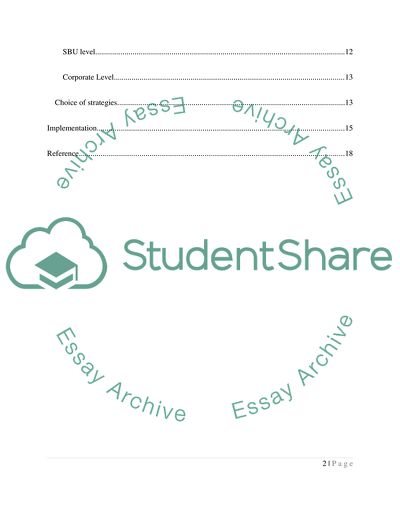Cite this document
(“Business Strategy Report of Royal Bank of Scotland Group Plc Essay”, n.d.)
Business Strategy Report of Royal Bank of Scotland Group Plc Essay. Retrieved from https://studentshare.org/marketing/1607287-business-strategy-report-of-royal-bank-of-scotland-group-plc
Business Strategy Report of Royal Bank of Scotland Group Plc Essay. Retrieved from https://studentshare.org/marketing/1607287-business-strategy-report-of-royal-bank-of-scotland-group-plc
(Business Strategy Report of Royal Bank of Scotland Group Plc Essay)
Business Strategy Report of Royal Bank of Scotland Group Plc Essay. https://studentshare.org/marketing/1607287-business-strategy-report-of-royal-bank-of-scotland-group-plc.
Business Strategy Report of Royal Bank of Scotland Group Plc Essay. https://studentshare.org/marketing/1607287-business-strategy-report-of-royal-bank-of-scotland-group-plc.
“Business Strategy Report of Royal Bank of Scotland Group Plc Essay”, n.d. https://studentshare.org/marketing/1607287-business-strategy-report-of-royal-bank-of-scotland-group-plc.


